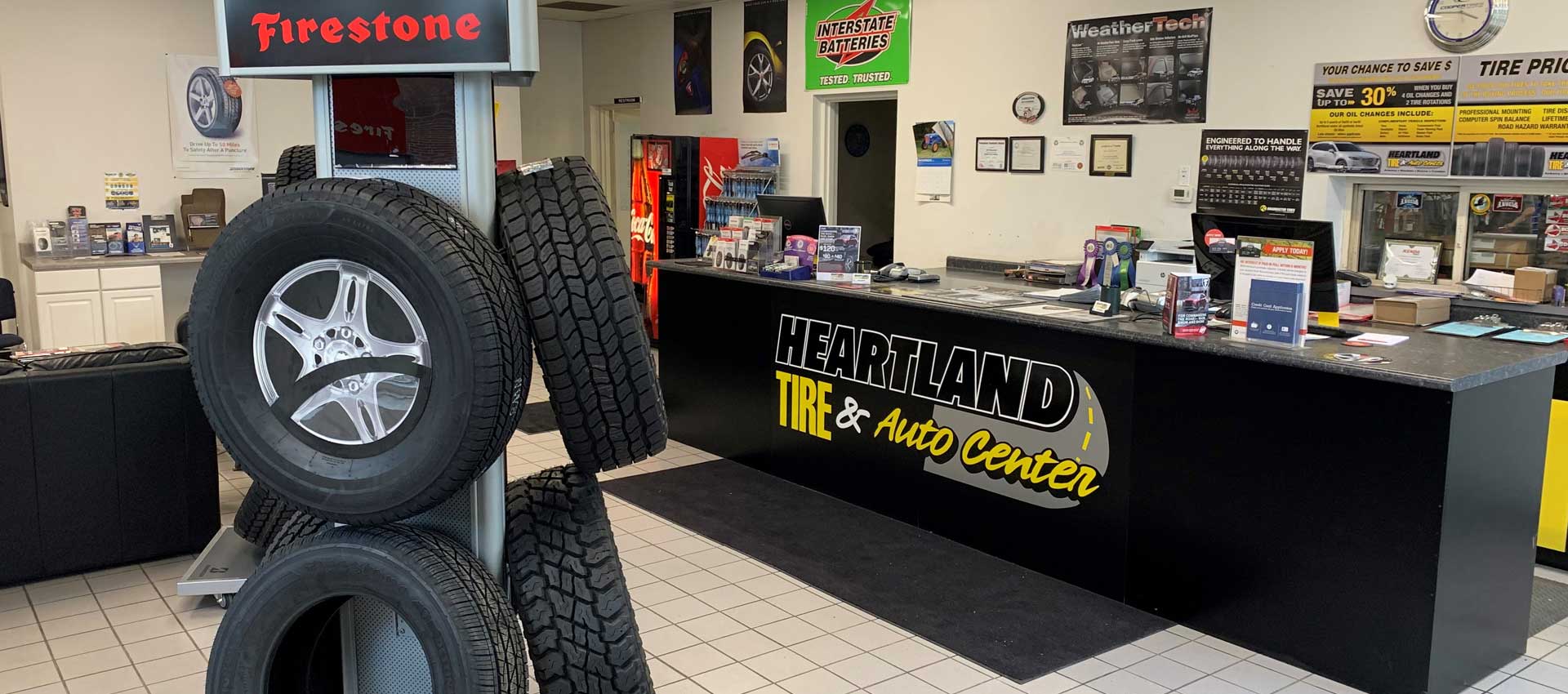Tire Solution: Comprehending Tire Pressure Surveillance Solutions
Recognizing Tire Pressure Tracking Solutions (TPMS) is an important facet of preserving optimum automobile efficiency and safety and security on the road. With developments in automobile innovation, TPMS has ended up being a typical function in contemporary lorries, giving real-time info on tire stress levels.

Significance of TPMS
The value of Tire Stress Tracking Equipments (TPMS) depends on their capability to improve lorry security and efficiency through real-time monitoring of tire pressure levels. Maintaining the proper tire stress is critical for ensuring optimal handling, stopping, and general safety of an automobile. TPMS provides motorists with immediate responses on any type of overinflated or underinflated tires, allowing for timely modifications to be made.
Components of TPMS
Sensing units are commonly situated in the tire shutoff stem or affixed to the wheel assembly, where they measure tire pressure and send data to the control component. Some progressed TPMS models likewise display the actual tire stress analyses for each tire, providing chauffeurs with real-time information to ensure optimum tire performance and safety. By monitoring tire stress continually, TPMS helps prevent mishaps, decreases tire wear, and improves fuel efficiency, making it an important element for automobile safety and security and performance. discount tires morris il.
Kinds of TPMS

On the other hand, indirect TPMS depends on the lorry's wheel rate sensors to check tire stress. This system identifies underinflation by contrasting the rotational speeds of the wheels. Indirect TPMS is much less costly than straight TPMS, as it uses existing sensing units within the automobile.
While direct TPMS uses a lot more accurate readings, indirect TPMS is simpler in layout and commonly requires less upkeep. Both systems have their check this site out advantages and constraints, and the choice in between them frequently depends on elements such as cost, car make, and personal preference. Understanding the differences in between these two kinds of TPMS can aid vehicle proprietors make notified choices relating to tire maintenance and safety and security.
TPMS Upkeep Tips
Conduct regular checks on the tire pressure degrees and compare them with the TPMS analyses to ensure they are constant. During tire rotation or replacement, make certain that the TPMS parts are managed thoroughly to stop any type of prospective damage. If the TPMS warning light illuminates on the control panel, attend to the issue quickly by inspecting the tire pressures and the overall system for any type of mistakes.
Benefits of Correct Tire Pressure
Keeping proper tire stress, as highlighted in TPMS Maintenance Tips, is critical for reaping the many advantages associated with ideal tire pressure levels. In addition, appropriate tire pressure guarantees also tire wear, expanding the life expectancy of the tires and promoting much safer driving problems. In verdict, the advantages of correct tire pressure go beyond simply tire durability; they incorporate enhanced fuel effectiveness, boosted safety and security, better vehicle efficiency, and total driving comfort.
Conclusion
In verdict, comprehending tire stress tracking systems (TPMS) is critical for preserving optimum tire pressure and guaranteeing automobile safety. By recognizing the value of TPMS, recognizing with its elements, recognizing the different kinds available, sticking to correct upkeep tips, and recognizing the benefits of keeping proper tire stress, motorists can enhance their driving experience and extend the life-span of their tires. Correct tire stress is vital to secure and reliable car procedure.
